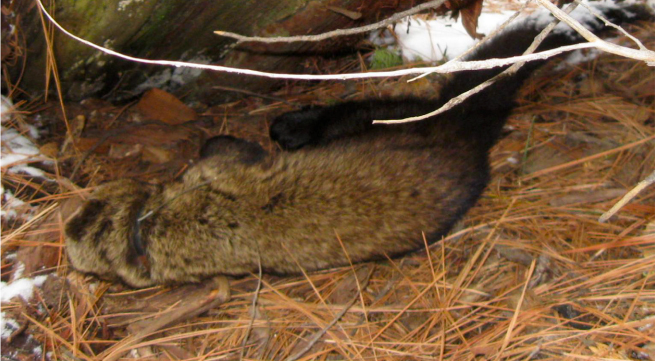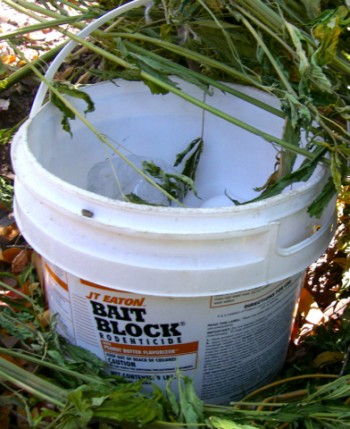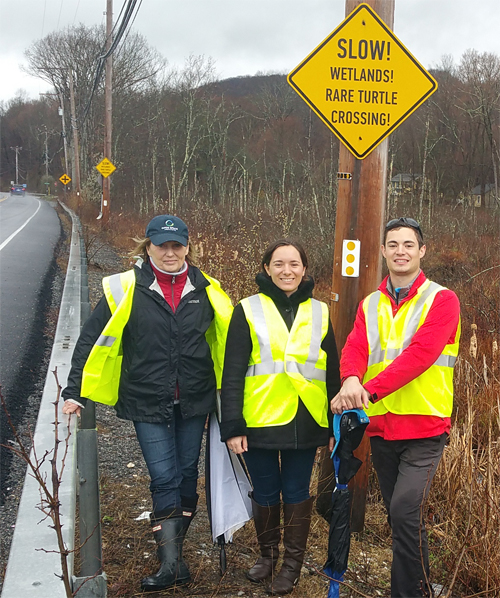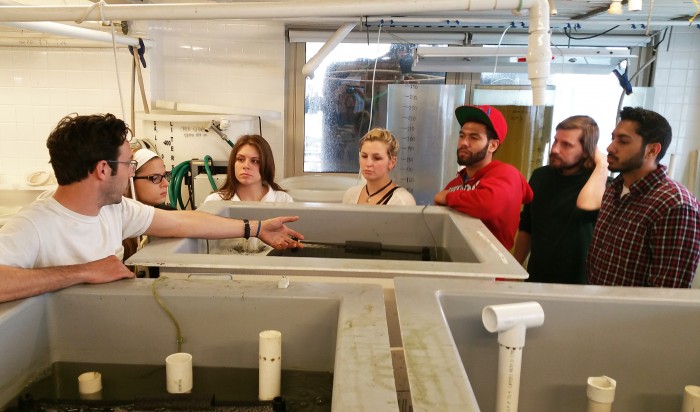
Dead fisher (Martes pennanti) in the southern Sierra Nevada, killed by anticoagulant rodenticide. Via Gabriel MW, Woods LW, Poppenga R, Sweitzer RA, Thompson C, et al. (2012) Anticoagulant Rodenticides on our Public and Community Lands: Spatial Distribution of Exposure and Poisoning of a Rare Forest Carnivore.
Marijuana, often associated with the hippie movement of the 60’s and 70’s, is today the most widely used illegal drug. We know the positive and negative effects it has on the brain, the body, and overall health. We know how to grow a flawless plant — when to trim, and how much water and sunlight produce the perfect bud. But do we know where our weed comes from? Would users still indulge if they knew the production of illegal marijuana contributes to the death of forest-dwelling animals?
In 2009, researchers studying the fisher (Martes pennanti), a forest carnivore that is a member of the weasel family, were surprised to discover an otherwise healthy individual in California that had died of poisoning from anticoagulant rodenticide (AR), more commonly known as rat poison. Intensive research into two isolated patches of fisher in Northern California and the southern Sierra Nevada, has unearthed jarring statistics about exposure to high levels of AR: 85% of fisher carcasses tested resulted in exposure to one or more AR compounds, and 13 fisher deaths were attributed to toxicosis.

One of several nine-pound buckets of anticoagulant rodenticide removed from an illegal northern California marijuana operation within the northwestern California fisher (Martes pennanti) project boundary. Via Woods, et al.
While exposure to the poison may not always result in death, the threshold amount that affects susceptibility to disease and predation is not well understood. Every individual fisher in California’s two geographically isolated populations is necessary to guarantee the persistence of the species. As explained in a study on fisher conservation, “even modest increases in mortality rates (~10-20%) could prevent population expansion, even in the absence of dispersal barriers.”
The source of the poison? Illegal marijuana cultivation sites.
In the 1990s, drug trafficking organizations (DTOs) or cartels began establishing illegal cannabis sites on public lands, including those of the Bureau of Land Management (BLM), U.S. Forest Service, and National Park Service. They create these sites by deforesting an area, diverting water from nearby streams and rivers for irrigation, and administering excessive amounts of extremely potent fertilizers and toxic pesticides and rodenticides to enhance and protect the marijuana buds. An illegal cultivation site can accommodate anywhere from hundreds to thousands of cannabis plants. When stealth sites are discovered, ownership is difficult to prove.
Law-defying by nature, those who manage the sites do not adhere to agricultural standards of pesticides and rodenticides. Fishers and other carnivores feed on rodents that have consumed the rat poison, which then accumulates in their bodies. The clandestine and illegal nature of the operations make a thorough study impossible. Yet, 315 illegal cultivation sites have been located since 2002, and Dr. Gabriel Mourad and his team found that all thirteen of the fishers that died of toxicosis lived in proximity to an illegal site.
The U.S. Drug Enforcement Administration reported that between 2010 and 2014, more than 65,000 indoor and outdoor cannabis cultivation sites were eradicated in the United States, equaling more than 27 million plants. In California alone, 2,695 indoor and outdoor sites were seized in 2014, 30% of the country’s total. Eradication is effective, but dangerous, costly and taxing on the environment while remediation is underway. A more preventative approach may be to eradicate the need for illegal cultivation sites.
How would federal legalization of marijuana affect the industry? Dr. Mourad is fearful that it would cause a demand that might not be met by legal marijuana sources, thus incentivizing the cartels to maintain their secretive operations. Keith Stroup, J.D. of the National Organization for the Reform of Marijuana Laws (NORML), believes the demand would be met by increasing the number of legal, regulated sites, and running the illegal sites out of business. Legalization of adult use of marijuana in 4 states (Alaska, Colorado, Oregon, and Washington), medical marijuana in 20 states, and reduced penalties (removed jail time) for possession in small amounts in 16 states has already created a new crop in our country’s agricultural sector.
Meanwhile, consumers should become informed about the origins of their ganja. An education effort should be aimed at users and non-users alike about the negative environmental consequences of illegal marijuana cultivation sites, such as the lethal and sub-lethal effects on California’s few remaining fishers, bobcats, owls and other predators and the destruction of our country’s forests and public lands. Economists, lawyers, and scientists should work together to better understand how further marijuana legalization might influence the market, including possible environmental costs.
As with many environmental and sustainability issues, the best approach is to “go green.” Perhaps legalization of marijuana would enable a newest of trends: eco-friendly, vegan, organic, non-GMO green.
«« »»
 Alex Hettena will graduate from the Pace Masters in Environmental Science program in 2017. She holds a BS in biology from Vanderbilt University and is originally from San Francisco, CA. Alex is interested in carnivore conservation, specifically the felid-livestock conflict and non-lethal predator deterrent methods. This is Alex’s first article for EarthDesk.
Alex Hettena will graduate from the Pace Masters in Environmental Science program in 2017. She holds a BS in biology from Vanderbilt University and is originally from San Francisco, CA. Alex is interested in carnivore conservation, specifically the felid-livestock conflict and non-lethal predator deterrent methods. This is Alex’s first article for EarthDesk.









